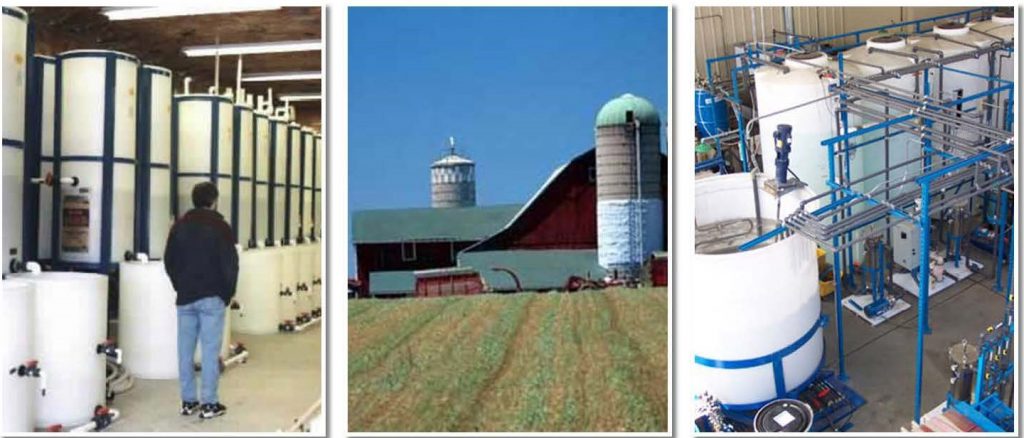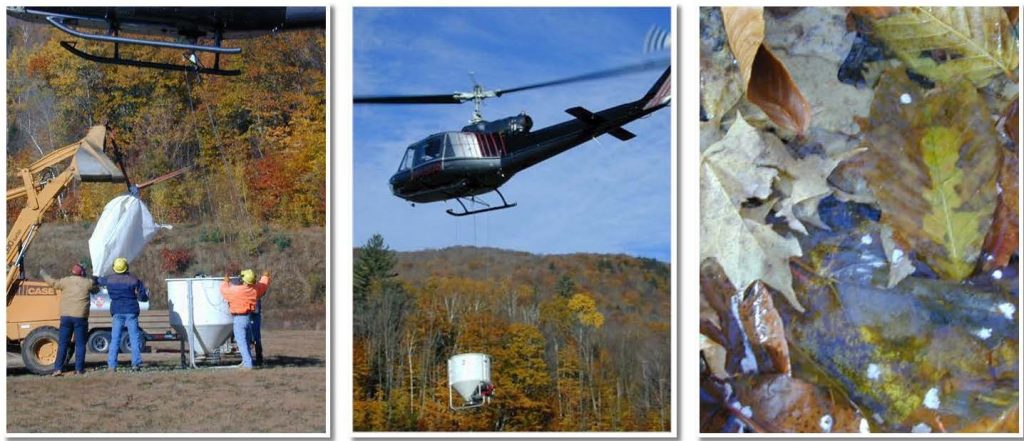Environmental Uses
Using Wollastonite in Enhanced Rock Weathering Capture Carbon
Enhanced rock weathering (ERW) permanently stores CO2 for thousands of years deep in the soil. Rock weathering has been capturing CO2 from our atmosphere for billions of years and transformed much of it into limestone as calcium carbonate. Wollastonite is the best mineral for this use because of how much CO2 it can capture and how quickly it can release nutrients that improve plant growth.
Rock weathering happens when rain absorbs CO2 from the atmosphere making it slightly acidic. In the soil, rain weathers rocks by reacting and slowly dissolving minerals over millions of years. We can enhance this process by crushing wollastonite to create a large surface area of fresh mineral surfaces that have not been weathered by the elements and use a specific source of rock that releases nutrients for crops at the same time. ERW occurs when rain weathers the finely crushed wollastonite in the soil releasing nutrients for crops and capturing a lot of carbon quickly. Wollastonite can rapidly capture up to 62% of it’s weight in CO2 while supplying calcium, magnesium, silicon and more nutrients to fields, gardens, and forests.
We have partnered with UNDO carbon to provide free wollastonite to Ontario farms. UNDO has buyers for the captured carbon as a result of applying the wollastonite. The purchase of the captured carbon is what allows us to subsidize the cost of the wollastonite and offer a trucking rebate.
Phosphorus Adsorption
The silicates in wollastonite create unique conditions in the soil that promote the adsorption of phosphates in a form that can prevent run-off while still maintaining higher levels of plant availability. Canadian Wollastonite’s products are currently being used in nutrient management trials researching phosphorus management practices for both greenhouse operations and container nurseries. Go to the Research page to find papers describing wollastonite’s effectiveness in phosphate removal from wastewater treatment plants, constructed wetlands, aquaculture systems, and fish and swimming ponds.
Below are before and after photos of a phosphorus sequestration in open water trail. After only 5 days, a significant reduction in algae is evident, supporting wollastonite’s effectiveness at mitigating algal blooms induced by fertilizer runoff.
Heavy Metal Remediation
Research has shown that wollastonite binds heavy metals, and it has been used to treat both municipal wastewater and in mining site reclamation projects.
Wollastonite used in capturing phosphorus in human and animal treatment plants can be recycled back onto farms as a pH balancer rich in calcium and adsorbed phosphorous. Agricultural waste management costs are reduced by the low cost per ton, and the fact that the resulting product has economic value.

Restoration of Forests Damaged by Acid Rain
The weathering process of wollastonite supplies calcium to both plants and to the soil system. In the soil, calcium combines with carbonic acid to create calcium carbonates, increasing carbon storage in the soil.
Multiple projects are underway evaluating wollastonite as a means of reversing declines in Sugar Maple stands in Ontario and Quebec. Aerial seeding via helicopter is used to disperse the wollastonite throughout forests that have experienced significant calcium leeching.

